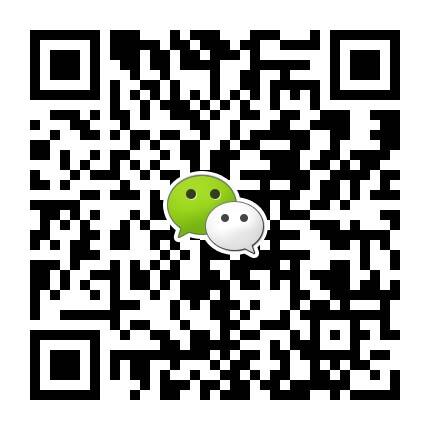Smart transportation enters the city, driving the transformation and upgrading of the transportation industry
Smart transportation is different from intelligent transportation, which is the technological and scope innovation of intelligent transportation. Intelligent transportation is a concept put forward by the United States in the early 1990s. It is a transportation-oriented service system based on modern electronic information technology. Its outstanding feature is the collection, processing, release, exchange, analysis and utilization of information as the main line, and provides diversified services for traffic participants. In 2009, the concept of intelligent transportation was proposed by IBM. On the basis of intelligent transportation, it integrates high-tech IT technologies such as the Internet of Things, cloud computing, big data, and mobile Internet. It collects traffic information through high-tech, and provides traffic information services under real-time traffic data. A large number of data processing technologies such as data model and data mining are used to realize the systematic, real-time, interactive information exchange and extensive service of intelligent transportation. Smart transportation requires the coordination of people, vehicles, and roads. Information exchanges and sharing between people and vehicles, and vehicles and roads break down barriers and realize transportation integration. The development of smart transportation instead of intelligent transportation is to realize the efficient coordination of various transportation modes, from the sense of technology to the level of technology experience. The new infrastructure is the foundation for the construction of smart transportation, but on this basis, the digital government is needed as a driving force to promote the implementation of the project. The construction of smart transportation needs to be operated in combination with the Internet of Things, big data, artificial intelligence and other technologies, and data processing is particularly important. Take urban transportation as an example: 1. Data collection. This requires that the big data collected by all the sensing devices deployed in the urban road range can be used. Combined with satellite positioning, smart light poles, etc., the urban road conditions and the complex big data of vehicle driving conditions can be collected finely. All kinds of mobile data streams generated by moving vehicles can be collected and uploaded in real time. 2. Big data processing. One of the characteristics of traffic data is the large amount of data and many heterogeneous sources. The large amount of raw data generated by many devices in urban construction every day needs to be processed and analyzed accurately and efficiently, and it can be fed back to the user terminal in time. 3. Data processing center planning. The data processing center is like a summary station. It connects the collection equipment and the server through private network communication, collects, stores, processes and analyzes various collected data, and then converts it into corresponding traffic information and feeds back to the major platform applications to realize the data. Information visualization. 4. Public network publishing. The communication network used by various devices in the city is inconsistent. The information processed by the data center feeds back the urban road conditions and route guidance planning to the user terminal through GIS and GPS technology. On the basis of intelligent transportation, smart transportation makes full use of technologies such as the Internet of Things, cloud computing, Internet, artificial intelligence, automatic control, and mobile Internet in the field of transportation, and collects traffic information through high-tech. All aspects of transportation, such as travel, and the whole process of traffic construction management are controlled and supported, so that the transportation system has the capabilities of perception, interconnection, analysis, prediction, and control in regions, cities, and even larger space-time scopes, so as to fully ensure traffic safety and play a role. Improve the efficiency of transportation infrastructure, improve the operational efficiency and management level of the transportation system, and serve the smooth public travel and sustainable economic development. Smart transportation is to make full use of the new generation of information technologies such as the Internet of Things, spatial perception, cloud computing, and mobile Internet in the entire transportation field, and comprehensively use theories and tools such as transportation science, system methods, artificial intelligence, and knowledge mining to comprehensively perceive, in-depth With the goal of integration, active service, and scientific decision-making, through the construction of a real-time dynamic information service system, deep mining of transportation-related data, formation of problem analysis models, and realization of industry resource allocation optimization capabilities, public decision-making capabilities, industry management capabilities, and public service capabilities. Improve, promote the operation and development of transportation that is safer, more efficient, more convenient, more economical, more environmentally friendly, and more comfortable, and drive the transformation and upgrading of transportation-related industries.
1. ISO 5402-1: Specifies the flexometer method for testing leather flex resistance under repeated bending.
2. ISO 17694: Defines test methods for footwear upper and lining flex resistance, simulating real-world bending stress to assess long-term durability.
C
Quick links

